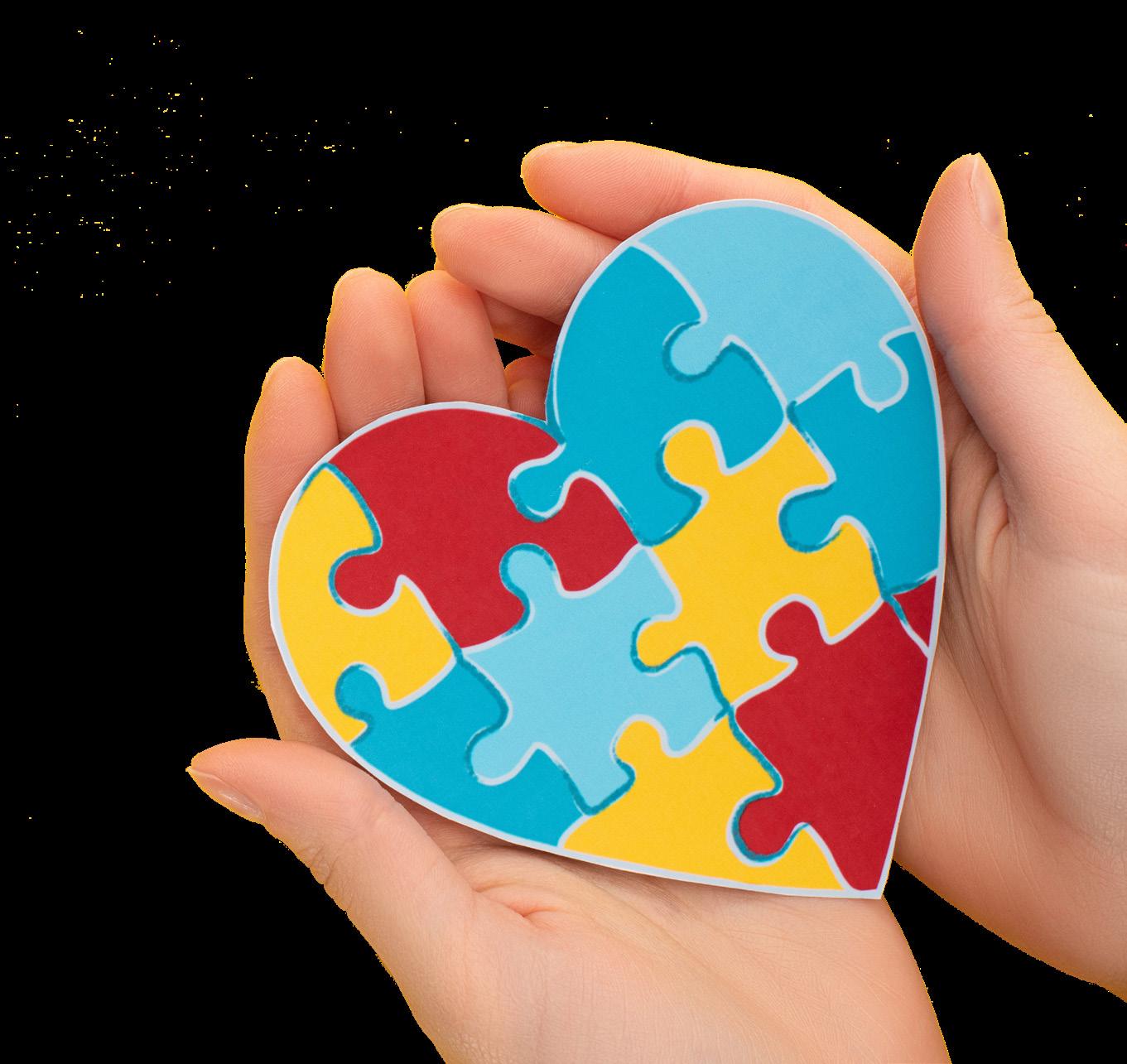
1 minute read
WHAT IS AUTISM
AUTISM, OR AUTISM SPECTRUM DISORDER (ASD), REFERS TO A BROAD RANGE OF CONDITIONS CHARACTERIZED BY CHALLENGES WITH SOCIAL SKILLS, REPETITIVE BEHAVIORS, SPEECH AND NONVERBAL COMMUNICATION.
We know that autism varies by subtype, with most being influenced by genetic and environmental factors. As autism is a spectrum disorder, each autistic person has distinct strengths and challenges. Because autism is a spectrum disorder, each person with autism has a distinct set of strengths and challenges. The ways in which people with autism learn, think, and problem-solve can range from highly skilled to severely challenged. Some people with ASD may require significant support in their daily lives, while others may need less support and, in some cases, live entirely independently.
Several factors may influence the development of autism, and it is often accompanied by sensory sensitivities and medical issues such as gastrointestinal (GI) disorders, seizures or sleep disorders, as well as mental health challenges such as anxiety, depression and attention issues.
Signs Of Autism
Signs usually appear by age 2 or 3. Some associated development delays can appear even earlier, and often, it can be diagnosed as early as 18 months. Research shows that early intervention leads to positive outcomes later in life for people with autism.
In 2013, the American Psychiatric Association merged four distinct autism diagnoses into one umbrella diagnosis of autism spectrum disorder (ASD). They included autistic disorder, childhood disintegrative disorder, pervasive developmental disorder-not otherwise specified (PDD-NOS) and Asperger Syndrome.




